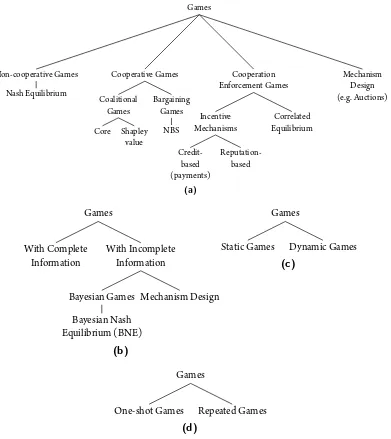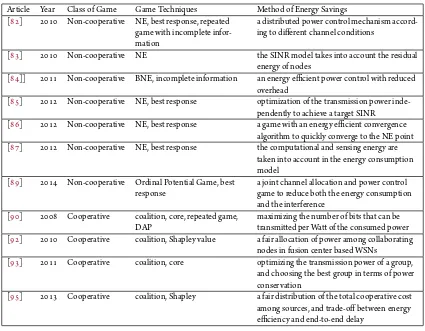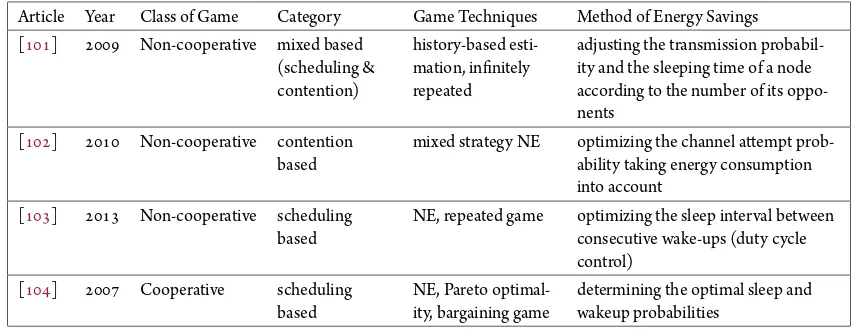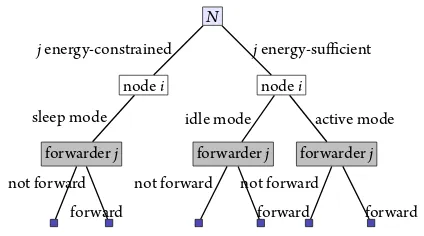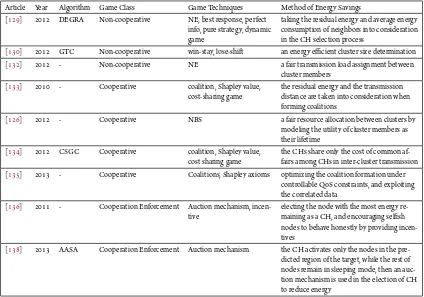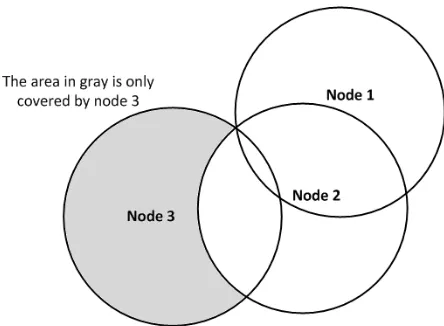Energy sharing in smart grids : a game theory approach
Texto completo
Figure

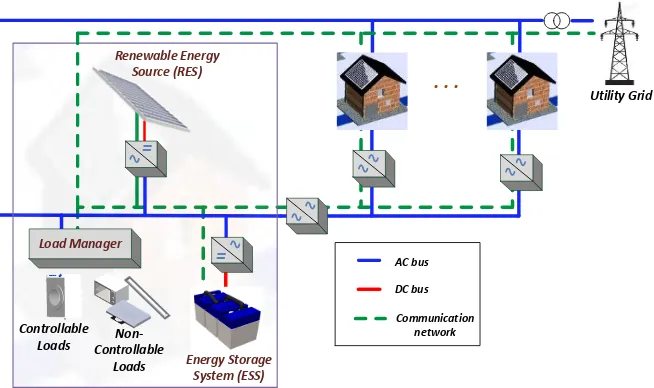
![Table 2.1.1: A brief comparison between conventional electric grids and smart grids [1].](https://thumb-us.123doks.com/thumbv2/123dok_es/5263649.96655/30.595.190.412.130.259/table-brief-comparison-conventional-electric-grids-smart-grids.webp)
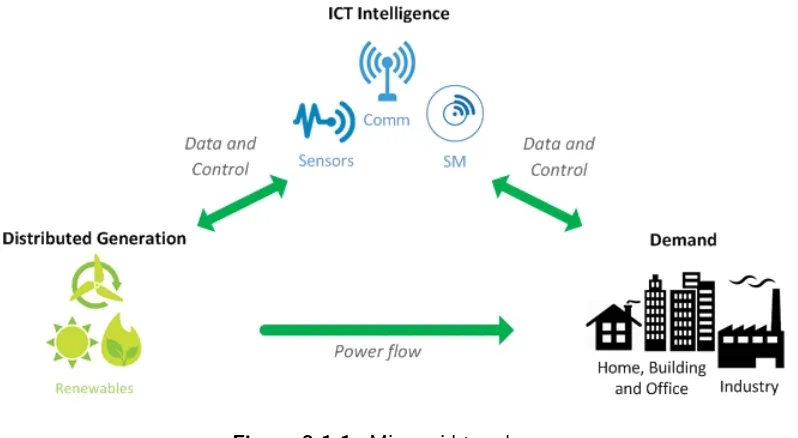
Documento similar
Given the much higher efficiencies for solar H 2 -generation from water achieved at tandem PEC/PV devices ( > 10% solar-to-H 2 energy efficiency under simulated sunlight) compared
A reception event is sched- uled only if the received power is above a given threshold (or equivalently, a transmission range). Any concurrent transmission results in a collision.
We consider two basic cases: total domination (when the same traffic routing must be used for both matrices – in this case we in fact consider domination of a set of traffic
The key idea underlying the energy efficiency of network sharing is that network capacity supply can be modulated by switching off some networks for the time periods in which traffic
The expansionary monetary policy measures have had a negative impact on net interest margins both via the reduction in interest rates and –less powerfully- the flattening of the
Jointly estimate this entry game with several outcome equations (fees/rates, credit limits) for bank accounts, credit cards and lines of credit. Use simulation methods to
In our sample, 2890 deals were issued by less reputable underwriters (i.e. a weighted syndication underwriting reputation share below the share of the 7 th largest underwriter
In order to calculate penetrations in DP tests (as well as in SPT tests), it is necessary to use ENTHRU cone instead of ENTHRU, as the energy that really produces penetration is
